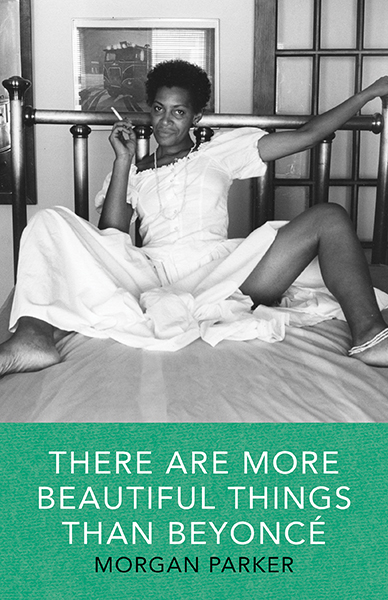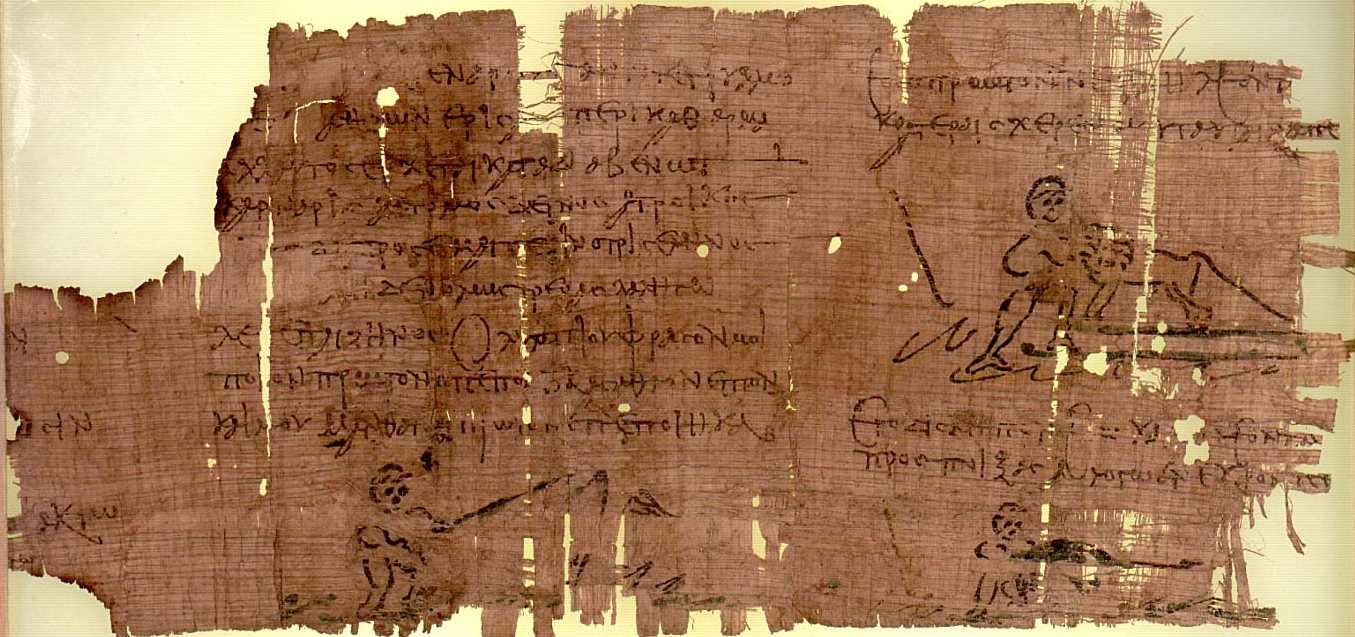Note: Last week, my Grad Poetry Workshop didn’t have time to do this exercise in class, so I sent them home with it. Later this week, I’ll find out how they liked this exercise inspired by some authors in We Want It All: An Anthology of Radical Trans Poetics.
How far can we push language so that it still makes sense? What is “sense” anyway? And what happens when we remind ourselves that all written language is made up of symbols?
The title of this exercise come from the combination of liminality (that is, “occupying a position at, or on both sides, of a boundary or threshold”) and symbology (“the study or use of symbols”). As such, we will locate the liminalities of our language through the use of symbols, “ungrammatical” syntax, and unique typographical choices.
Poets Andrea Abi-Karam, Cody-Rose Clevidence, and Mai Schwartz all use some of these techniques in the excerpt from We Want It All: An Anthology of Radical Trans Poetics assigned for today’s class by Samuel Cormac. Attached are poems by Gabrielle Calvocoressi and Jos Charles that also work with these strategies.
After discussing these poems, freewrite in your daily writing journal and incorporate one or more of these techniques, i.e. using a symbol to stand in for a noun, changing spellings, compressing words, and/or introducing symbols/punctuation where they typically don’t go.
After freewriting, reflect in your journal: What does this do to your poem? How does it change its pacing? Its tone? Its “meaning”? Its appearance? What associations does this choice bring into the poem that weren’t there previously?




 Note: My intermediate poetry students completed this exercise at the beginning of class on the second day we discussed
Note: My intermediate poetry students completed this exercise at the beginning of class on the second day we discussed 
